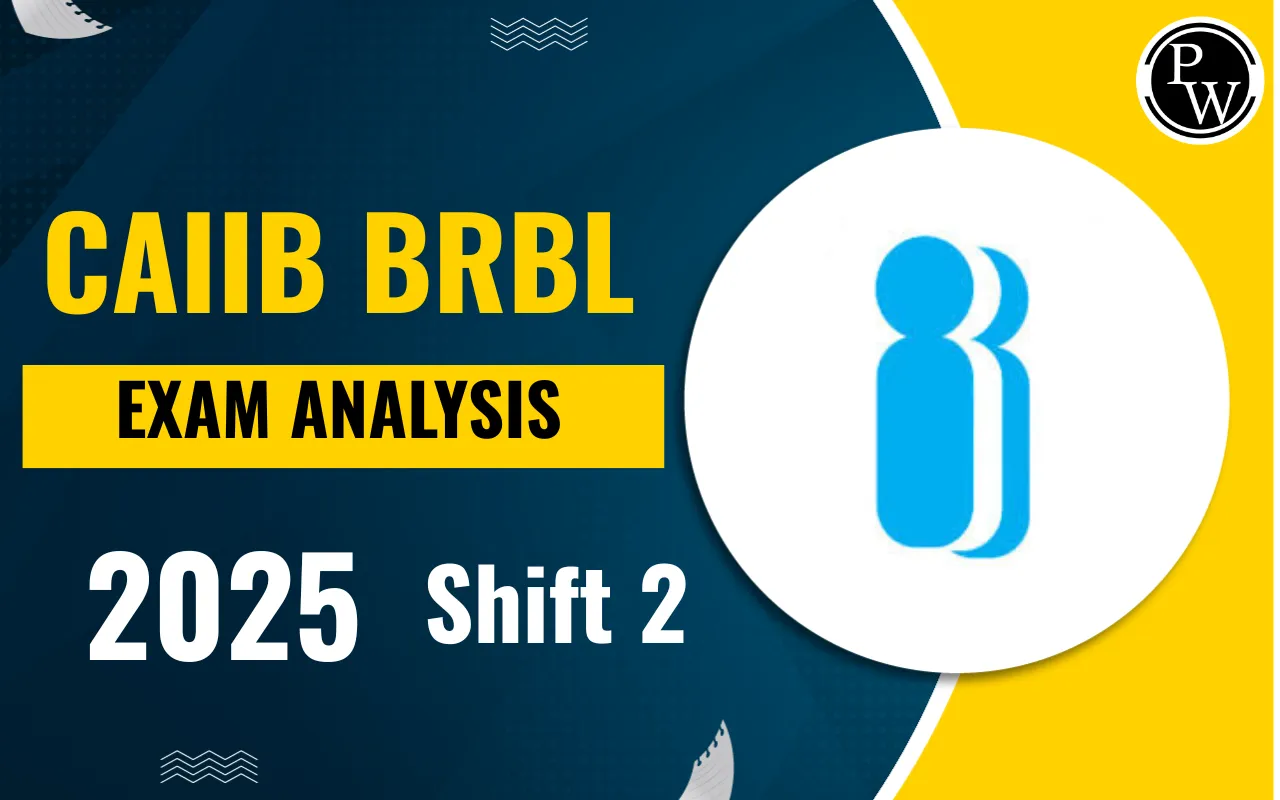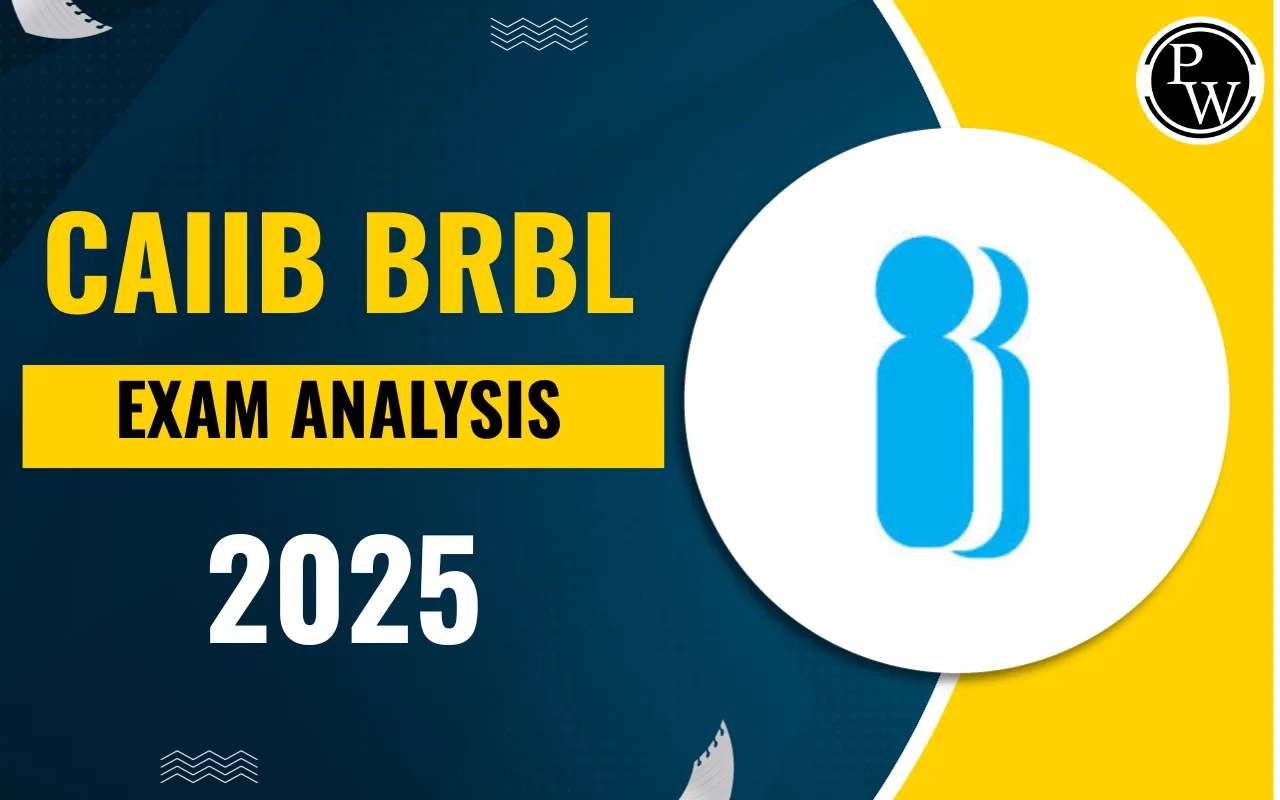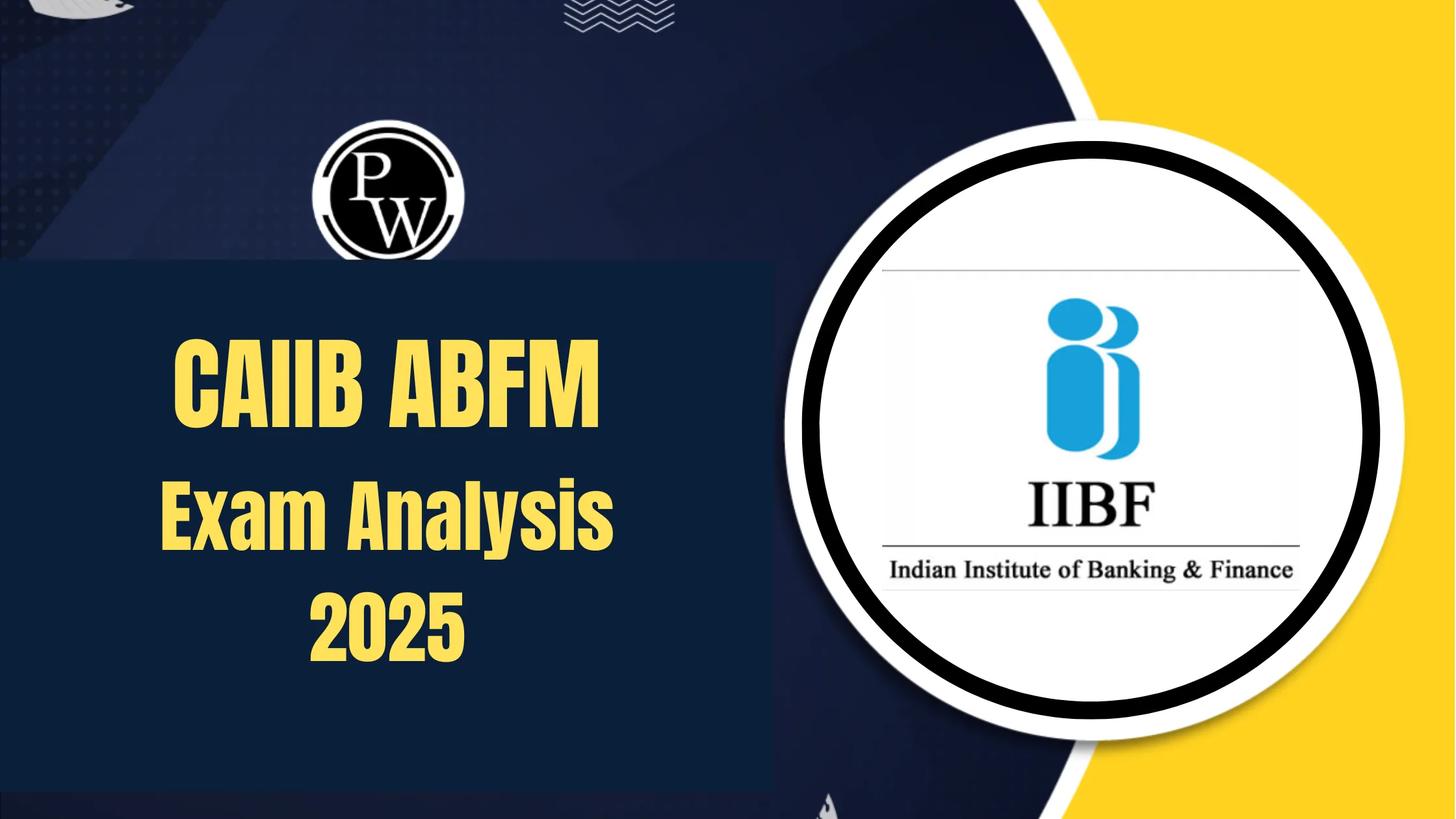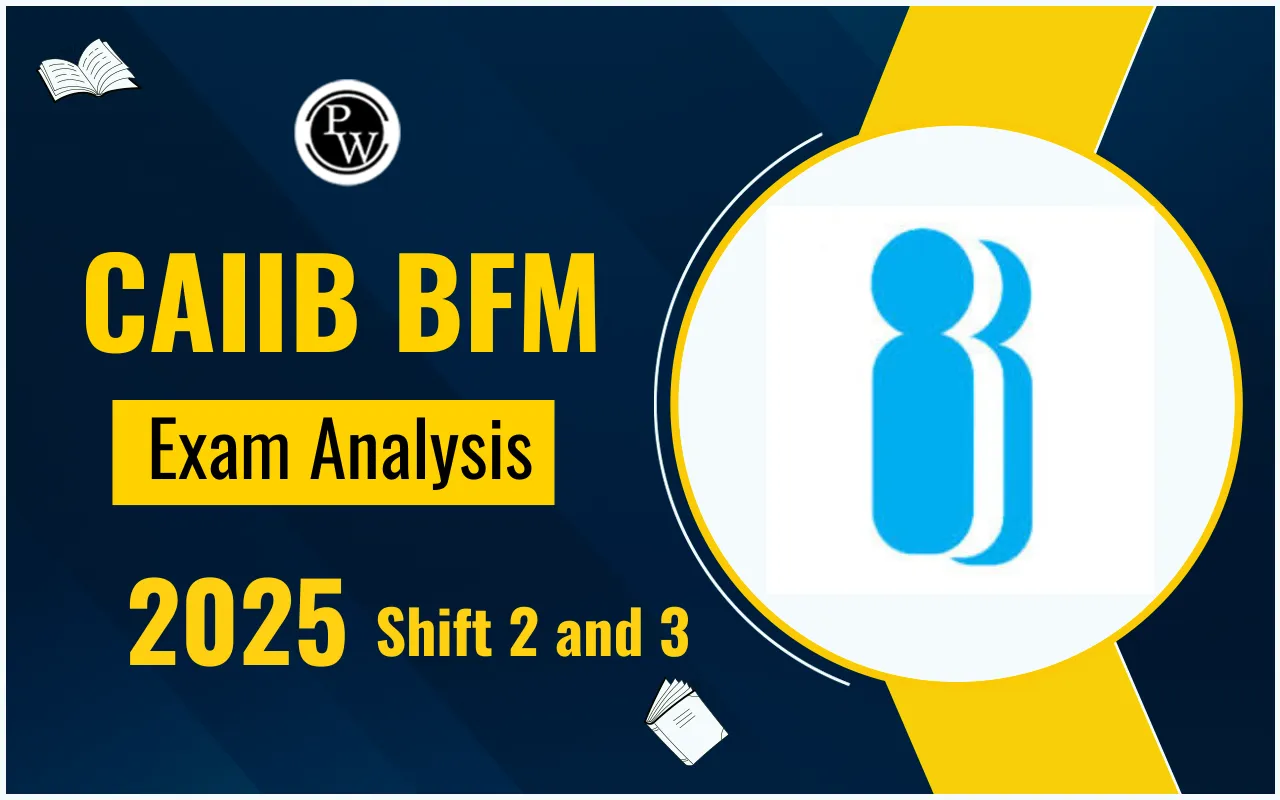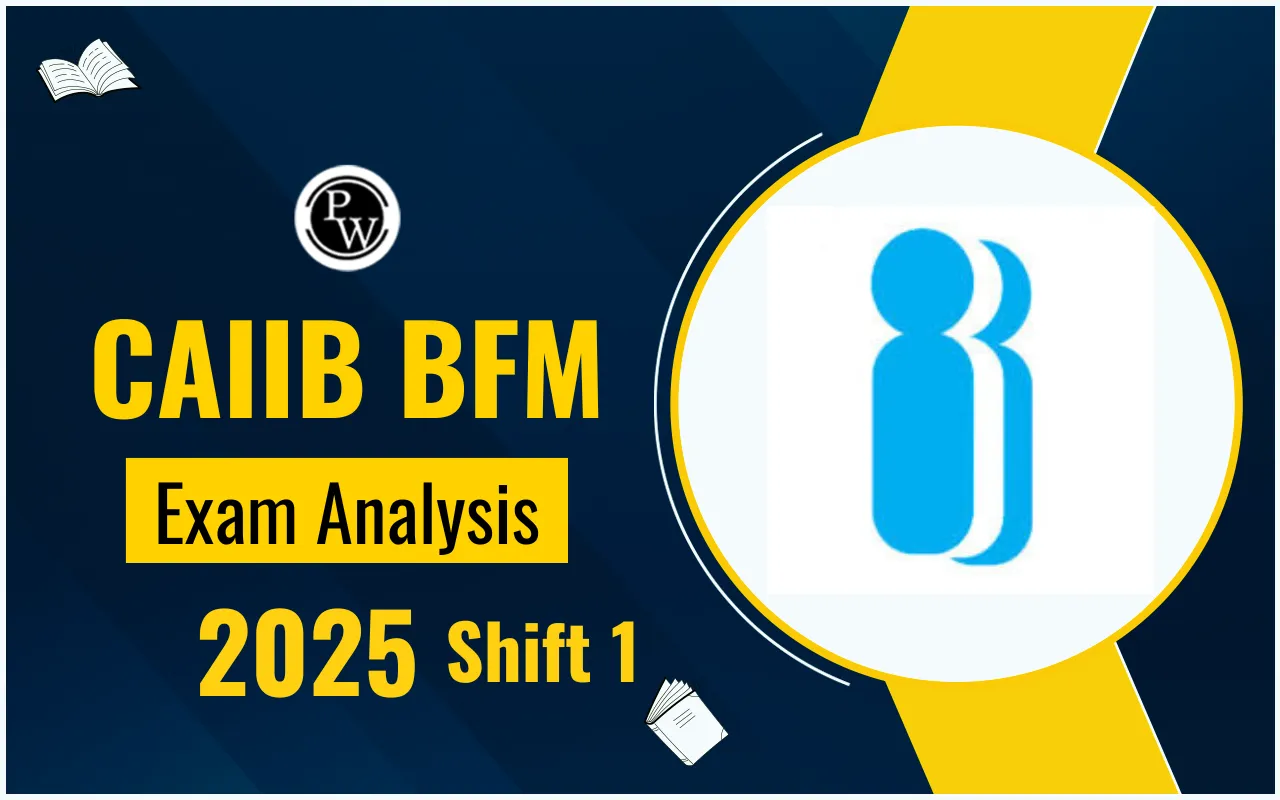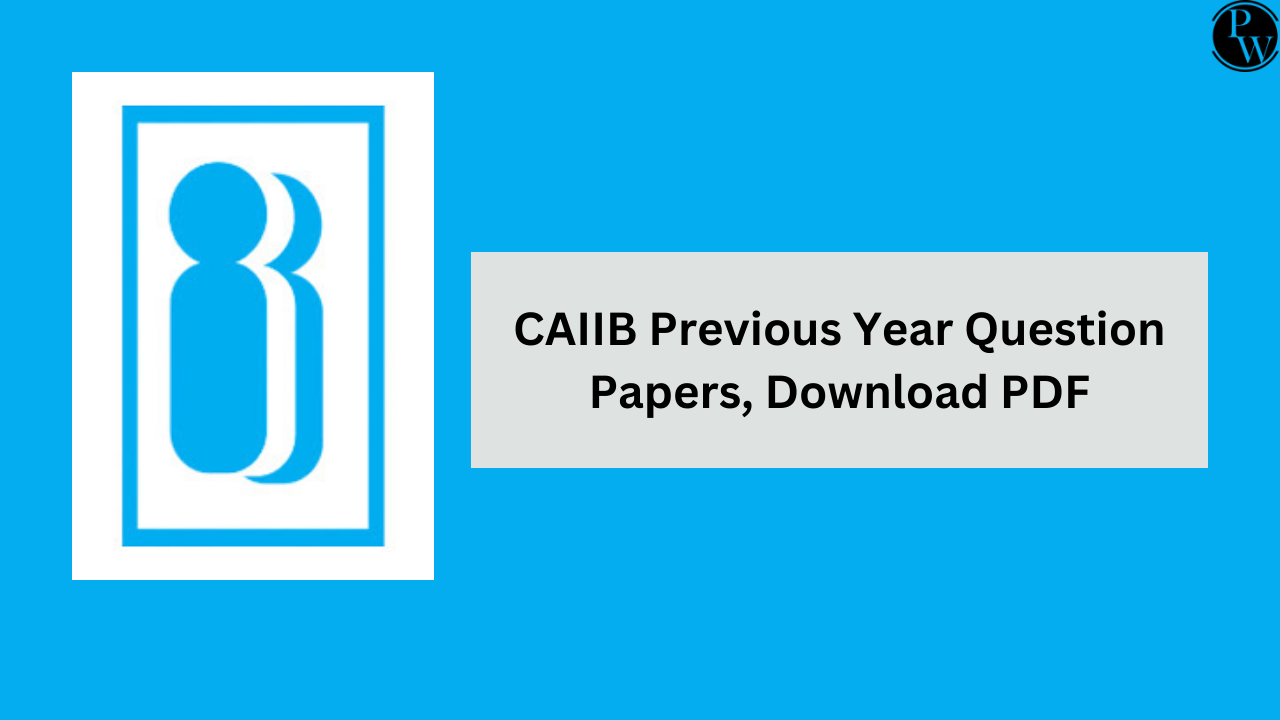

CAIIB Rural Banking Syllabus 2024: The Indian Institute of Banking and Finance (IIBF) has defined the syllabus for the Certified Associate of the Indian Institute of Bankers (CAIIB) Course. The CAIIB syllabus has been recently updated to make the course more relevant and to emphasize a deeper understanding of concepts. The CAIIB holders are allowed to take the Certificate Examinations in 5 elective subjects to enhance their knowledge and skill in specialized areas as a part of the Continuing Development Program.
In the article, we have provided the detailed CAIIB Rural Banking Syllabus 2024 and Exam Pattern.CAIIB Rural Banking Syllabus 2024
Candidates taking the CAIIB Rural Banking Examination should specifically equip themselves to respond to queries that could arise regarding the most recent advancements occurring within the various subject/s of the examination, even if those topics have not been explicitly mentioned in the CAIIB Rural Banking Syllabus 2024. Additionally, questions concerning contemporary developments in banking and finance may be posed. Candidates are recommended to consult financial newspapers/ periodicals, especially “IIBF VISION” and “BANK QUEST” published by the Institute. There are 5 elective papers -- Rural Banking
- Human Resources Management
- Information Technology
- Risk Management
- Central Banking
CAIIB Rural Banking Syllabus
MODULE A: RURAL INDIA
Demographic Features
Population; Literacy; Sixth Economic Census; Agriculture Census; Socio Economic Development Indicators; Health; Nutrition; Education; Rural-Urban MigrationCharacteristics of Rural Society
Social Stratification; Local Institutions; National Institute of Rural Development and Panchayati Raj (NIRD & PR)Economic Features
Agriculture; Non-Farm Activities; Gross Domestic Product and Gross Value Added; Rural Money Markets – Formal and Informal Rural Money Markets; Rural Indebtedness; Rural Poverty; Different Methods of Measuring Poverty Line; Sustainable Development GoalsInfrastructure
Infrastructure in India; Transport; Markets; Rural Electrification; Other ServicesAgriculture Economy
Structure and Characteristics of Indian Agriculture; Role of Agriculture in Economic Development; Agriculture-Industry Linkage; Issues in Economic Development; Resources in Agriculture; Technical Change in Agriculture; Constraints in Agricultural Development; Emerging Issues in Agriculture; National Mission for Sustainable Agriculture (NMSA)Rural Development Policies
Rural Development Schemes; Skill Development and Entrepreneurship Initiatives; Shyama Prasad Mukherji Rurban Mission (SPMRM); Programs for Development of Backward Areas; Power Supply to Rural India Program; Development of Dryland Farming; Soil and Water Conservation; Rural Infrastructure Development Fund; Economic Reforms; Financial Sector Reforms; Impact of Reform in Rural Economy; Reforms after 1998-99Issues Concerning Rural Areas
Components of Rural Development; Approaches to Rural Development since Independence; Sustainable Rural Development; Necessity for Rural Development; Measures for Development; Rural Development and Rural Management; Key Issues Concerning Rural Management; Marketing Management; Importance of Agricultural PricesMODULE B: FINANCING RURAL DEVELOPMENT
Regulation of Rural Financial Services
Overall Set Up of Rural Financial Institutions (RFIs); Function and Policies of RBI in Rural Banking; Role and Functions of NABARD; Lead Bank SchemeRural Credit Institutions
Cooperative Credit System; Regional Rural Banks; Commercial Banks and Rural Financing; Other Financial Institutions Catering to Rural Areas; Initiatives for Augmenting Credit Flow; Role of Information and Communication Technologies in Rural Banking; Rural Development Banking – Initiatives for Inclusive Growth; Rural Insurance and Micro Insurance; Micro Finance Institutions; Concept of Business Facilitators and Business Correspondents in Rural BankingFinancing Agriculture and Allied Activities
Crop Loans – Production Credit; Features of Kisan Credit Card Scheme; Basic Features of NABARD Refinance Support to Cooperative Banks and RRBs for Crop Production activities; Bank’s Role in Provision of Relief in Areas Affected by Natural Calamities; Term-Loans for Agriculture and Allied Activities; Features of Major Sectors for which Opportunities are Available for Provision of term Credit by Banks; Advance against Gold OrnamentsFinancing Rural Non-Farm Sector
Rural Non-Farm Sector – Facilitative Set Up, Importance, Structure and Growth, Strength and Issues Concerning the Sector; Promotion of Traditional Industries; Raw Material Supply – Arrangements; Marketing Assistance; Institutional Finance; Technology Development and TrainingSME Finance
Definition of SME; Importance of the sector to the Indian Economy; Arrangements for provision of credit to the MSME sector; Appraisal of MSME loan proposals – techniques and Requirement assessment of Projects for term loans; SIDBI’s assistance to the MSME Sector and its development role; Policy prescriptions of RBI for the growth of MSME Sector; Initiatives taken by GOI for the development of MSME Sector; Problems faced by MSMEs; Delayed Payments to Micro and Small Enterprises under the Micro Small and Medium Enterprises Development (MSMED) Act, 2006; Performance and Credit Rating Scheme (PCRS); Framework for Revival and Rehabilitation of MSMEsConcepts of Project, Aspects of Project Formulation & Appraisal & Model Bankable Projects
Aspects of Project Preparation; The Project Cycle; Minor Irrigation Schemes; Lift Irrigation; Financing Micro Irrigation Structures; Land Development Schemes; Farm Mechanization; Financing Plantation and Horticulture; Dairy Development Schemes; Poultry Farming; Sheep Breeding; Goat Rearing; Pisciculture; Bee Keeping; Financing Rural Godowns; Financing Sericulture; Financing Mushroom CultivationMODULE C: PRIORITY SECTOR FINANCING AND GOVT.
INITIATIVES Priority Sector Lending
Evolution of Priority Sector Lending; Guidelines on Priority Sector Lending – Categories; Non-Achievement of Priority Sector Targets; Common Guidelines for Priority Sector Loans; Priority Sector Credit AchievementPoverty Alleviation Programs
Poverty Assessment and Way Forward; Initiatives of the Government – Features of the Schemes Implemented for Poverty Reduction; Welfare SchemesRural Housing and Education Loans
Rural Housing an Introduction; Pradhan Mantri Awas Yojana (Grameen); Education Loan Initiatives of R.BI under Financial Inclusion & Financial Education Programs and implementation of various Poverty Reduction Programs National Strategy for Financial Inclusion; National Strategy for Financial Education; Direct Benefit Transfer; Guidelines Issued by RBI under NRLM/NULM; Relief Measures by Banks in areas Affected by Natural Calamity-RBI Guidelines to Banks; Credit Facilities to SCs/STs; Credit Facilities to Minority Communities; Poverty Alleviation/Employment Generation ProgramsMODULE D: PROBLEMS AND PROSPECTS IN RURAL BANKING
Role of Banking – Emerging Trends in Rural Banking Characteristics of Rural Society
Present Scenario; Areas of Concern and Actions Pursued; Present Focus on Banking in Rural Areas; Inclusive Banking ActivitiesRole of Technology in Financial Inclusion and Rural Development
Transformational Role of Digital Technologies; Technology for Adoption of Improved Agricultural Practices; Scope for Using Digital Technology for Growth in Agriculture; Modern Management of Agriculture – Possible Technological Components; Benefits of Usage of Technology in Agriculture for the Society and the Nation; Common IOT Devices/Equipment in Agriculture for Agri-Solutions; Technology and Value Chain Operations; Progress of IOT in World Agriculture; Progress of IOT in Indian Agriculture; Other Initiatives for Development of Rural Areas; Financial Technology in Financial Inclusion SpaceFinancing Poor as Bankable Opportunities: Micro Credit and Self Help Groups
Microcredit Delivery Models; SHG-Bank Linkage Program (SBLP) Approach; Micro Finance Institutions (MFIs); Role of NABARD as Microfinance Facilitator; SIDBI & Micro Credit; Initiatives by RBI and GOICAIIB Rural Banking Exam Pattern 2024
- CAIIB Rural Banking Exam Pattern 2024 will contain 100 objective type multiple choice questions for 100 marks including questions based on case studies. The Institute may however vary the number of questions to be asked for a subject.
- There may be some numerical questions in some of the CAIIB Elective subjects where no options will be provided. These questions will not be in the MCQ pattern and the answer has to be keyed in by the candidate.
- The examination will be held in Online Mode only
- There will be no negative marking for wrong answers.
- Examination will be conducted under online mode only on a Sunday. Questions for the examination will be asked for: i. Knowledge testing ii. Conceptual grasp iii. Analytical/ logical exposition iv. Problem solving v. Case analysis
CAIIB Rural Banking Syllabus 2024 FAQs
Q1. Where can I get the CAIIB Rural Banking Syllabus 2024?
Q2. How can I benefit from CAIIB certification?
Q3. What it the CAIIB Rural Banking Exam Pattern 2024?
Q4. What is the objective of CAIIB Elective Paper?


